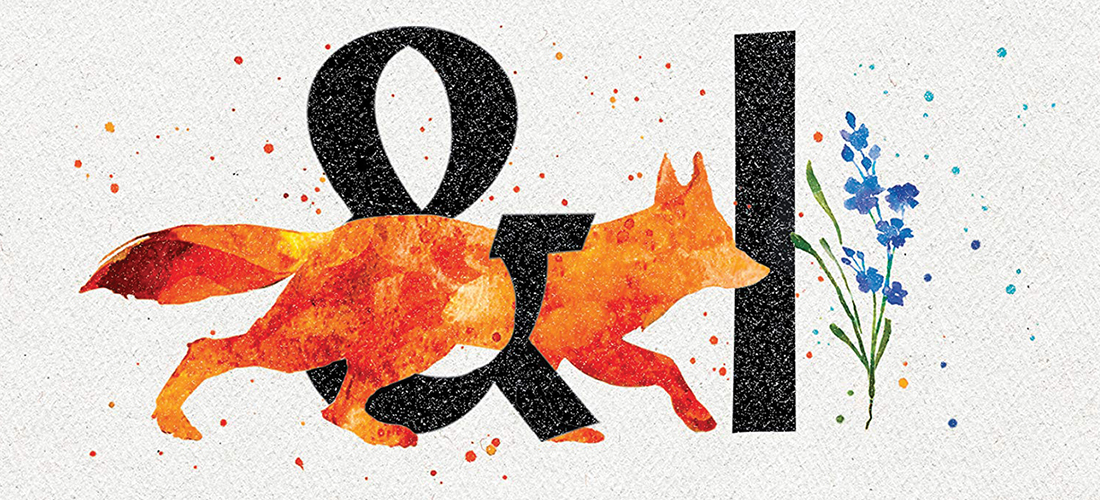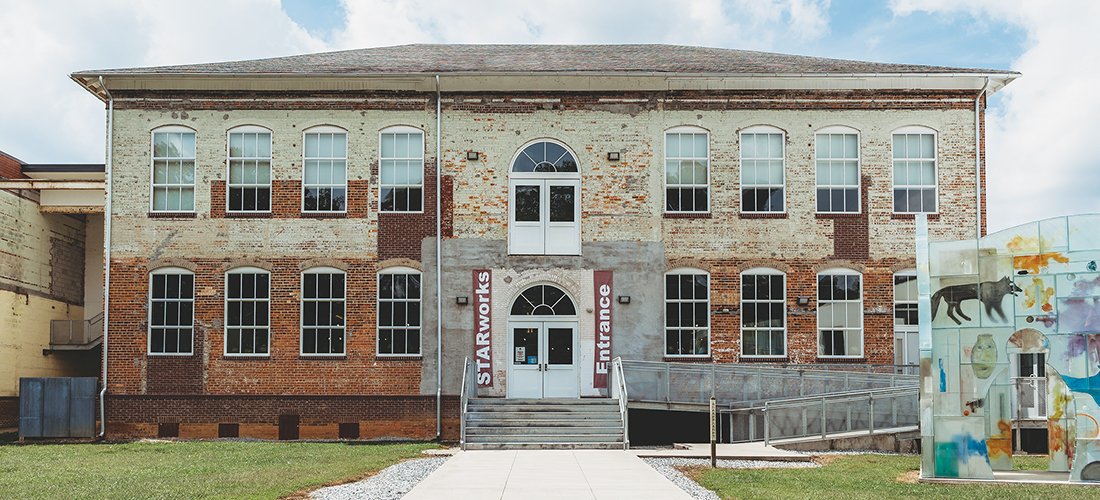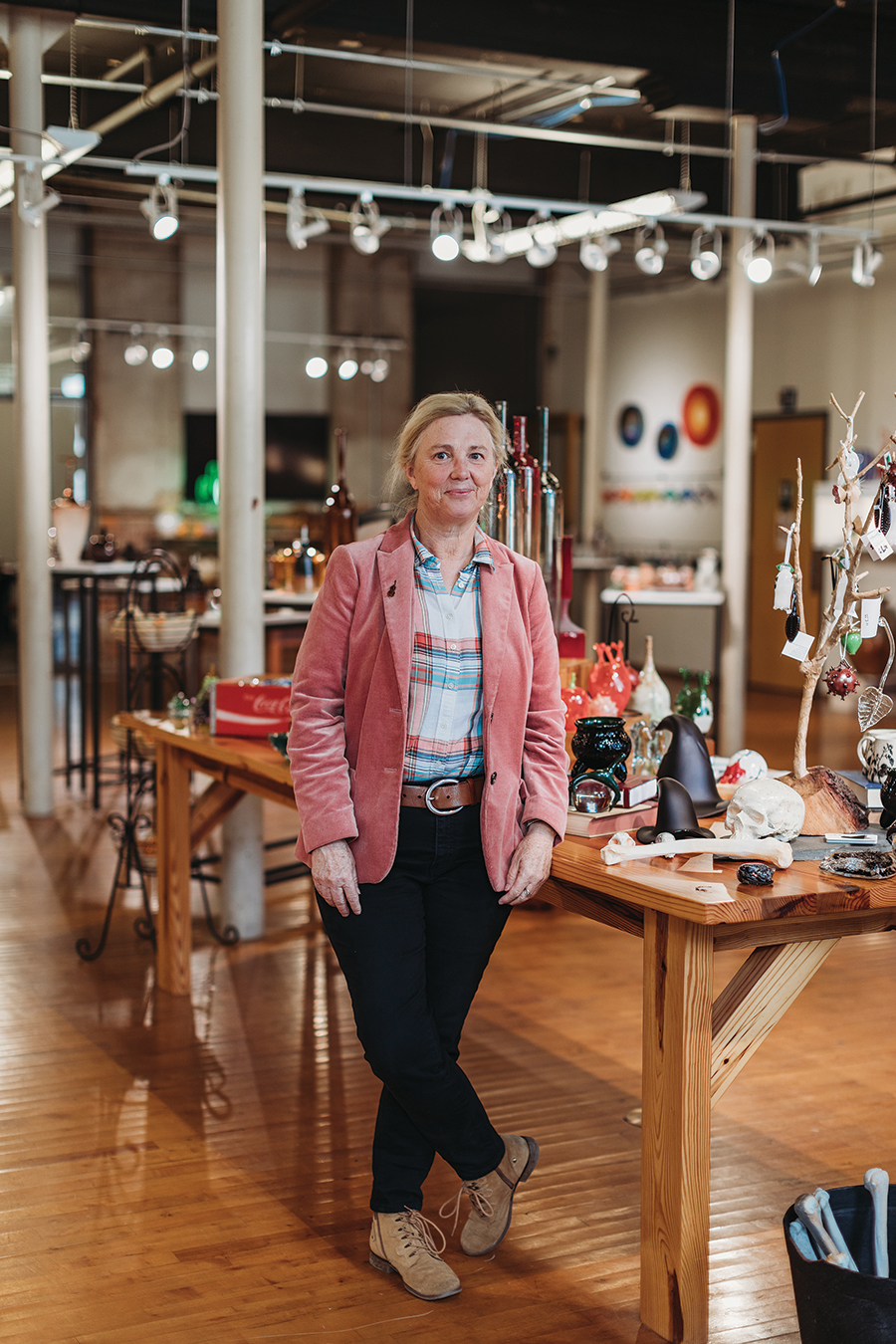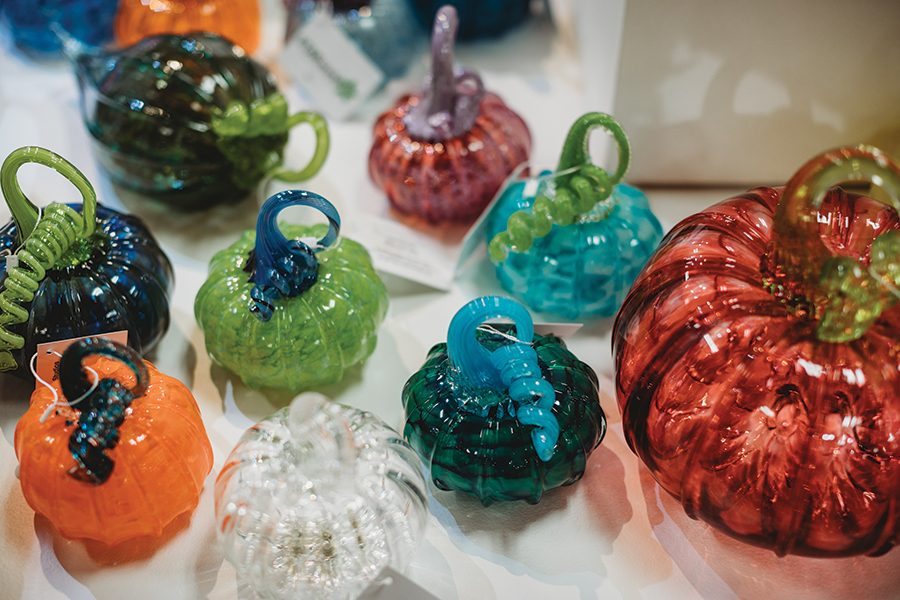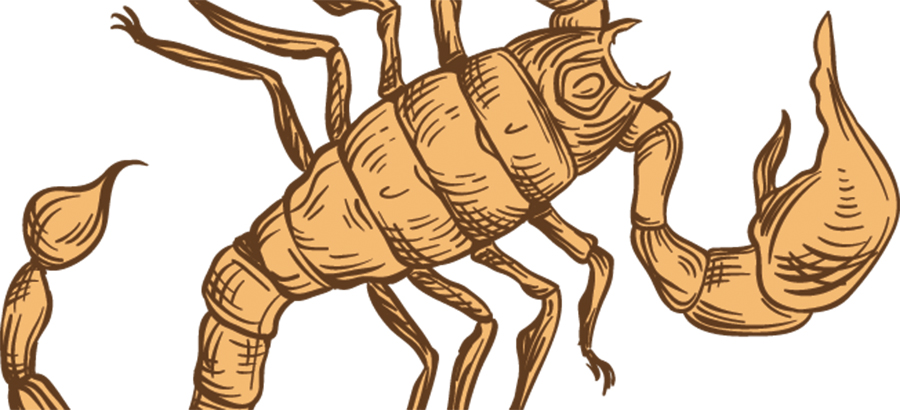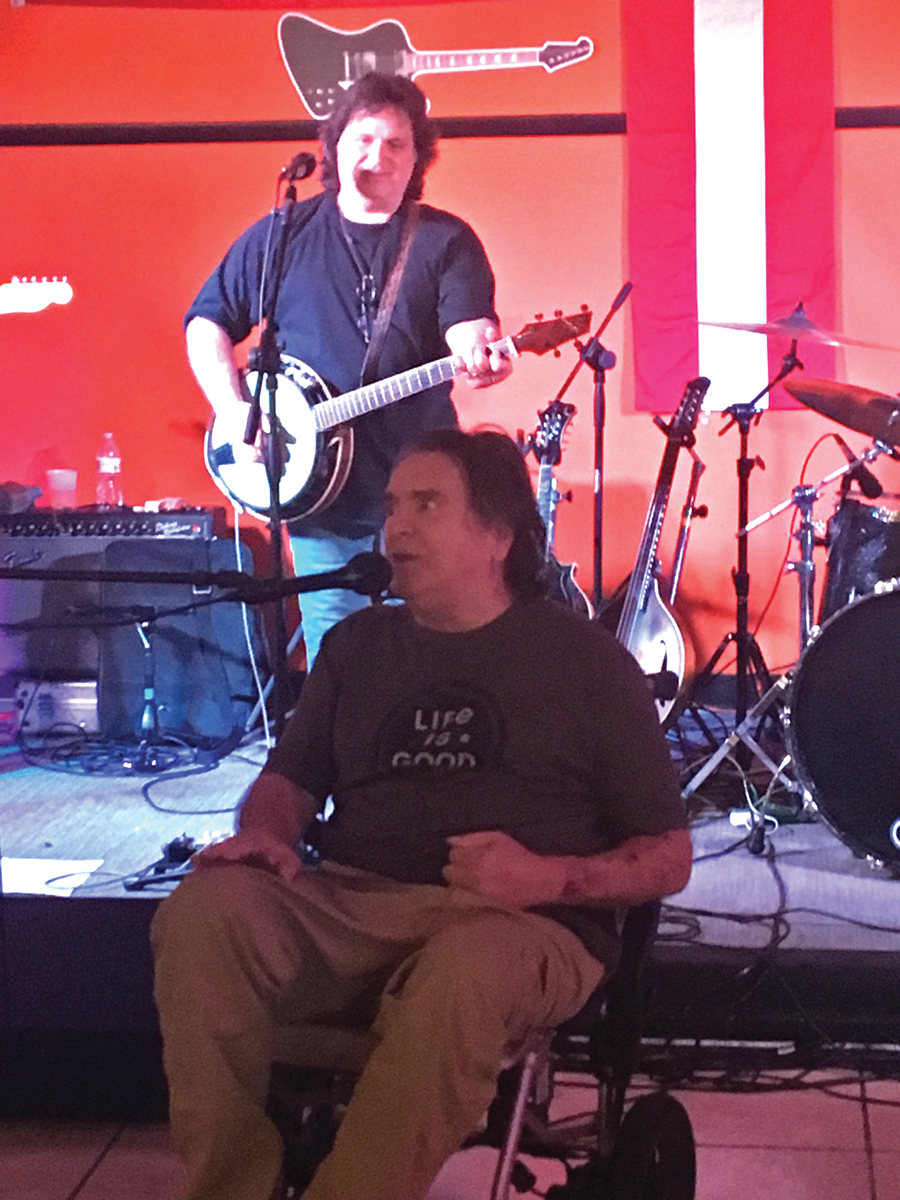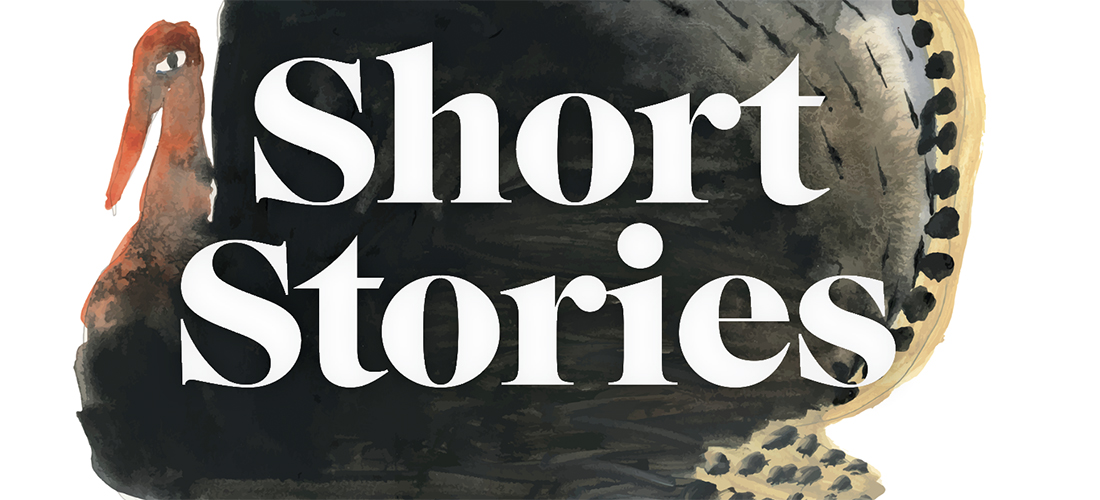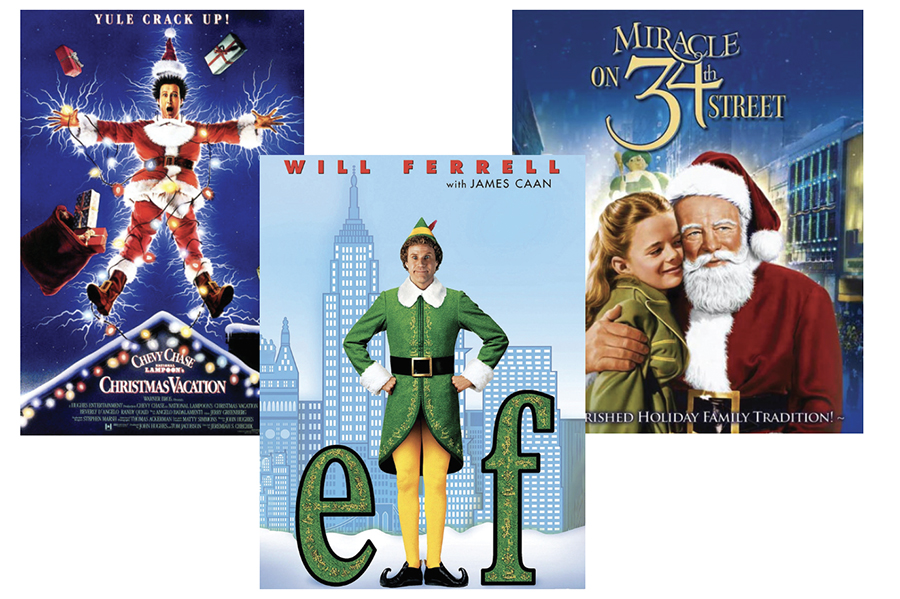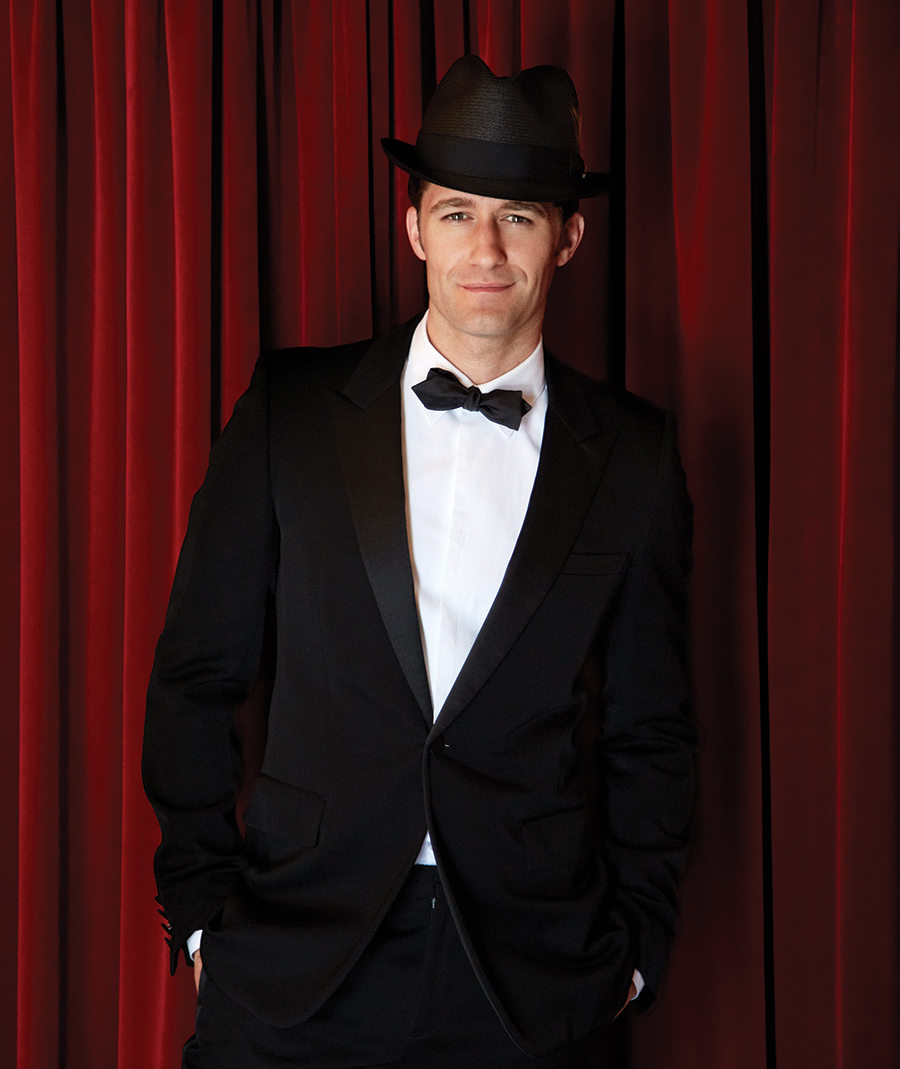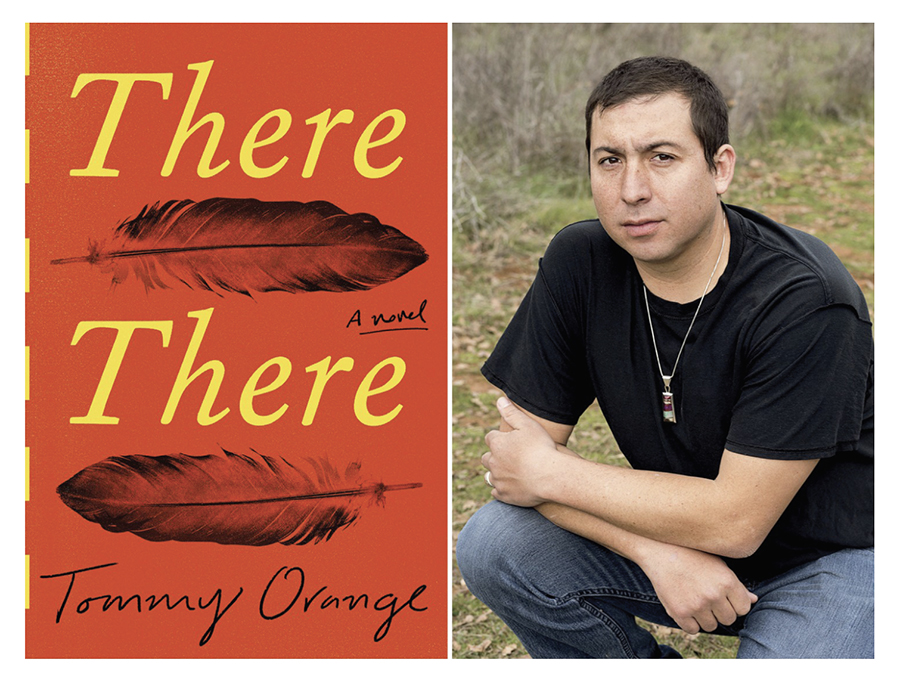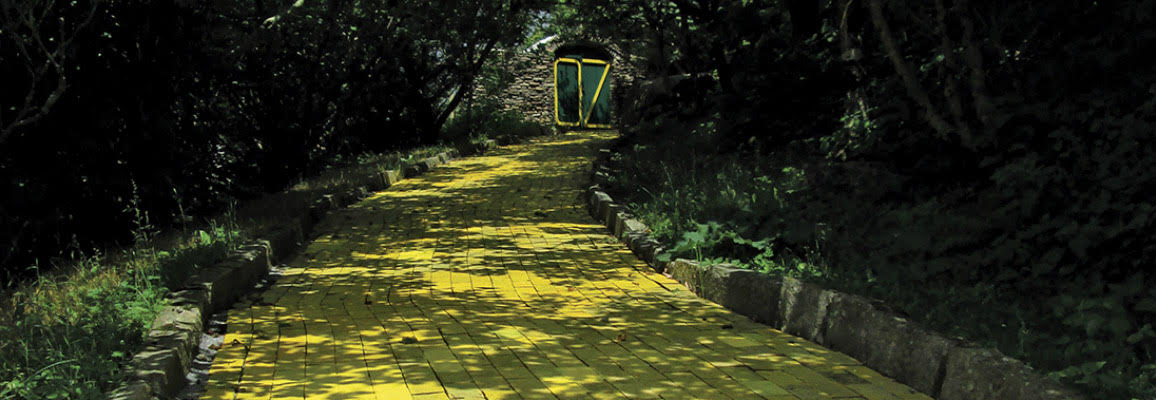Omnivorous Reader
Comrades in the Wilderness
A solitary woman and a red fox
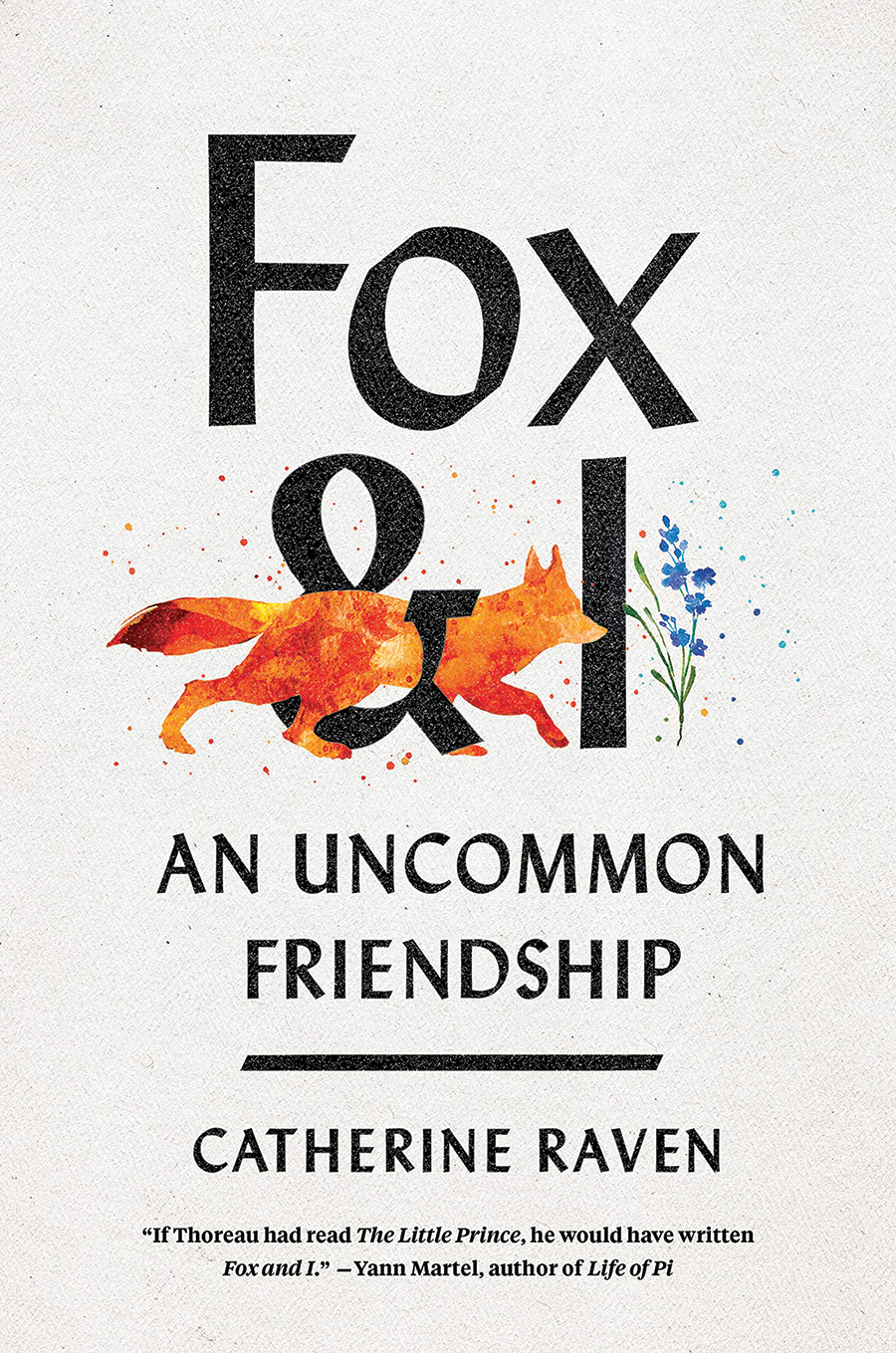
By Stephen E. Smith
Literary agents and acquisition editors who read early drafts of what would become Catherine Raven’s bestselling Fox and I: An Uncommon Friendship must have wondered what niche the book might fill. Memoir/autobiography? Not exactly. Humanities/social sciences? Not really. Spirituality/self-help? Probably not.
This much is certain: Whatever nook the book occupies, a careworn copy of Walden is already there. Like Thoreau, Catherine Raven wandered into the wilderness “to live deliberately, to confront the essential facts of life, and see if she could not learn what it had to teach.”
At the age of 15, Raven escaped her abusive parents who, she claims, wanted her “to disappear.” She eventually landed a job as a ranger in the National Park system. She was homeless, living in her car on a piece of remote land in Montana while putting herself through college and graduate school, where, as she frequently reminds the reader, she earned a Ph.D. in biology. She built a house in Montana and taught the occasional college class, all the while avoiding her fellow human beings. Then she met the fox.
Every day at 4:15 p.m. a red fox visits Raven’s property. His arrival quickly becomes the central focus of her otherwise uneventful life, and she begins to structure her activities around his visits. She reads to him from Dr. Seuss and Antoine de Saint-Exupéry’s The Little Prince (a fox plays a central role in the story). She observes his every movement and speculates as to his motivations. She keeps track of his nutritional needs (he has an appetite for voles), his mating habits, the kits he helps raise, and his interaction with the surrounding fauna, especially two magpies who she names Tennis Ball and Round Belly, and bluebirds, deer, bats, eagles, elk, feral cats, etc. And she details the local flora — fescue, mustard, cheat, mullein, sunflower, Russian thistle, rabbitbrush, knapweed, sagebrush, wild rye, bluestem, wheatgrass, sow thistle — with equal purpose, producing a litany of zoological annotations liberally sprinkled with a biologist’s vocabulary. (Readers utilizing a Kindle will appreciate the handy “Dictionary” function.)
The fox never exhibits what might be interpreted as affection and doesn’t approach within petting distance. But Raven’s isolation leads her to imagine a relationship has developed between her and the animal. Her friends, few though they may be, remind her that her academic training forbids anthropomorphizing the fox, but the regularity of his visits and his attention to her human affectations lead her to project a personality onto the fox. “I tried to imagine when Fox and I first became more than just two itinerant animals crossing each other’s paths. . . . Maybe the relationship had developed so smoothly that I never doubted that all was as it should be, or maybe it had developed rapidly enough to keep me perpetually confused. . . . I had barely enough social intelligence to understand that adults, least of all trained scientists, don’t go around treating wild foxes as if they had personalities.”
Raven’s narrative doesn’t collapse into a mawkish “Lassie” story, but it approaches, especially in its conclusion, a sentimentality that is tempered only by her scientific training. Because she accepts that communicating with a wild animal is not the same as conversing with her friends and that her relationship with the fox is in no way tantamount to a human friendship, she remains uncertain as to why the attachment has developed or what lessons she might draw from her limited interaction with the fox. In fact, Fox and I might be read as a rationalization for Raven’s bond, real or imagined, with the fox. As beautifully written as her memoir is — and certainly Raven’s prose occasionally rises to the level of poetry — she never truly resolves the ambiguities that are central to her life with the fox.
Predictably, the moment arrives when Raven senses that the fox’s trust in her is almost complete. On a moonlit night, she is waiting outside for his arrival and notices the fox’s “wispy, translucent fur in the light” as he trots directly to her front steps. “I stepped away from the door, and four round and fluid kits rolled past me. Fox moved off to the side, leaving me surrounded by little leaping foxes. Close enough to touch, they were tumbling around me like acrobats while my hands sprung up in surprise. I focused on two tussling kits, and everything around them homogenized into a blur.”
All such animal tales have an obvious and inevitable conclusion, and it’s not spoiling the ending to reveal the fox’s fate. Wildfire rips through Raven’s corner of Montana, and she flees for her life. She returns to find that her house has survived but that the fox and his kits are nowhere to be found, gone up, one would suppose, in smoke, possible victims of global warming. “Nature is cruel,” she writes, “that’s a trope masquerading as a paradigm, in the sense that a carpetbagger might masquerade as a charlatan.”
Raven blames herself, enjoying the self-pity that accompanies the probable death of the fox, noting that he might have fled to safety with his vixen and the four kits, but that he waited for her to appear: “I imagined him upright on his hind legs and pressing his nose into my front window like he used to do. I could see him standing with his ears drawn back until his ankles shook and then skipping backward to regain his balance. His last memory of me was an empty house.”
Although Fox and I is nonfiction, Raven uses fictional techniques to tell her story and includes chapters written from the fox’s point of view. Though occasionally afflicted with the dictionary disease, her style is fluid and lyrical and is a joy to read, propelling the reader through her intermittent pedantic ramblings. More to her credit, she doesn’t burden the reader with timely political insights or lessons learned. Readers are left to their own conclusions. She simply tells the story of a lonely woman’s encounter with a red fox in the wilds of Montana. OH
Stephen E. Smith is a retired professor and the author of seven books of poetry and prose. He’s the recipient of the Poetry Northwest Young Poet’s Prize, the Zoe Kincaid Brockman Prize for poetry and four North Carolina Press Awards.

